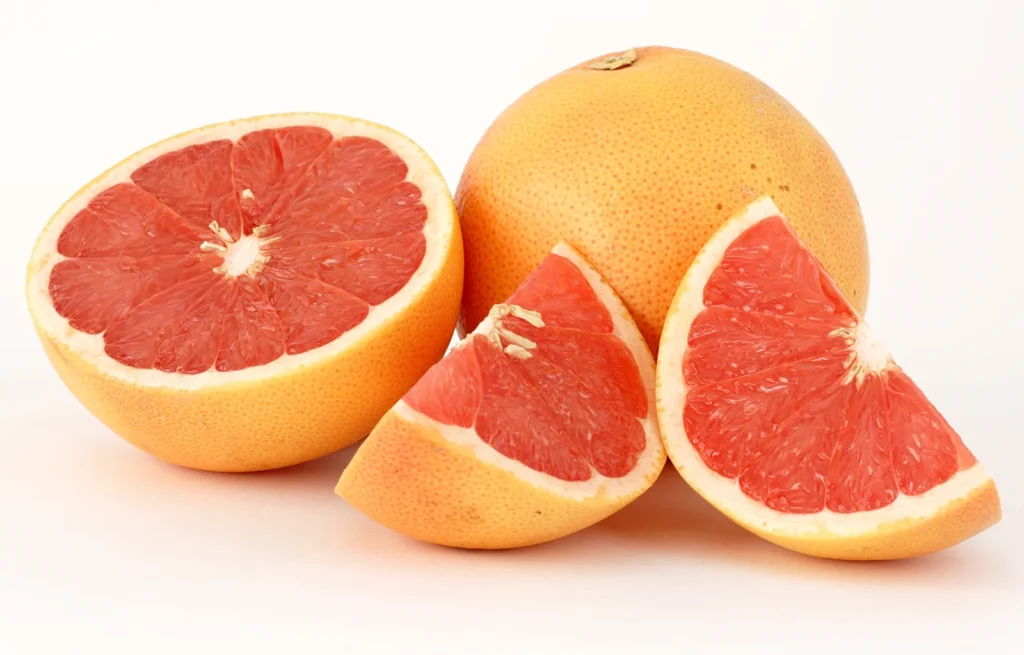Sweet, juicy fruits have always been a part of what we humans eat. Long ago, people were picking and growing fruits. They have been doing this for many, many years. Some fruits we eat today have been around for a very long time. While a lot of the fruits we see today have been mixed to create new types, there are still some fruits that are very much like they were in the old days.
Learning about the oldest fruits can teach us a lot about what people ate a long time ago and how they farmed. Knowing where our fruits come from helps us understand how what we like to eat and what we need to eat have changed over time. Below, you will find a list of 15 of the oldest fruits in the world. We will also share some interesting history about each fruit.
Table of Contents
- 1. Figs – Grown for Over 11,000 Years
- 2. Dates – Grown for At Least 7000 Years
- 3. Olives – Started Being Grown Over 6000 Years Ago
- 4. Pomegranate – Has Been Grown Since Long Ago
- 5. Grapes – A Fruit With a Long History
- 6. Apple – From Wild Beginnings to Ancient Cultivation
- 7. Banana – First Grown in Asia Over 4,000 Years Ago
- 8. Mango – Grown in South Asia for Thousands of Years
- 9. Coconut – A Fruit Grown for Thousands of Years
- 10. Citron – A Very Old Citrus Fruit
- 11. Elderberry – Used for Medicine Long Ago
- 12. Tamarind – A Valued Tropical Fruit
- 13. Blackberry – Picked from Wild Plants Long Ago
- 14. Pear – Began Being Grown in Ancient China
- 15. Plum – A Fruit Eaten Since the Stone Age
- The History and Significance of Ancient Fruits
1. Figs – Grown for Over 11,000 Years
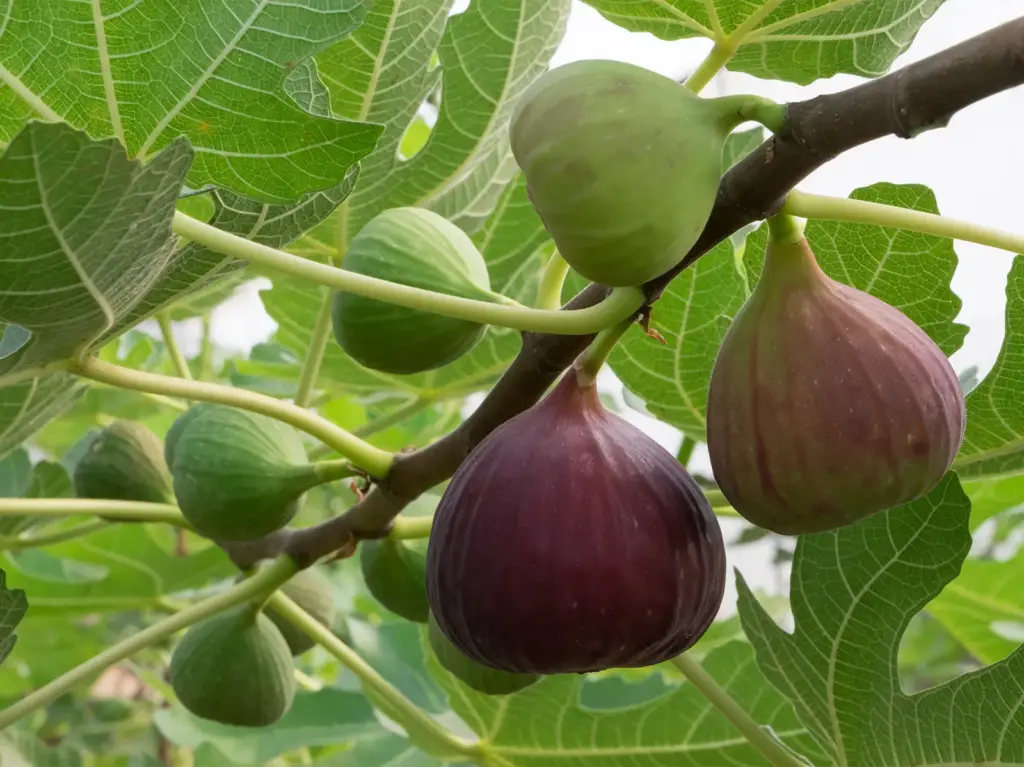
Figs are one of the oldest sweet fruits and have been grown for a really long time, starting over 11,000 years ago. Figs might have first grown in the Middle East or western Asia. Pieces of figs have been found at very old places where people lived, called Neolithic sites, in an area called the Jordan Valley, dating to between 9400-9200 BC.
In the country we now call Egypt, figs were grown a long time ago. The Greeks and Romans liked them a lot, too. Figs are even mentioned in the Bible and other old stories. They were loved not just for their sweet taste but also for how they could help keep people healthy. Figs have had an important role in the history of farming and the development of human societies.
2. Dates – Grown for At Least 7000 Years

Date palms possibly came from the area around the Persian Gulf and were grown a long time ago in Mesopotamia, around 4000 BC.
People in ancient Egypt used dates to make wine, and the fruit was known in ancient Greece and Rome, too. You can even see date palms drawn on old Egyptian stuff and temples from Babylon. Dates were special to people long ago because they tasted sweet and were good for their health. Today, dates are still very much liked in places like North Africa and the Middle East.
3. Olives – Started Being Grown Over 6000 Years Ago
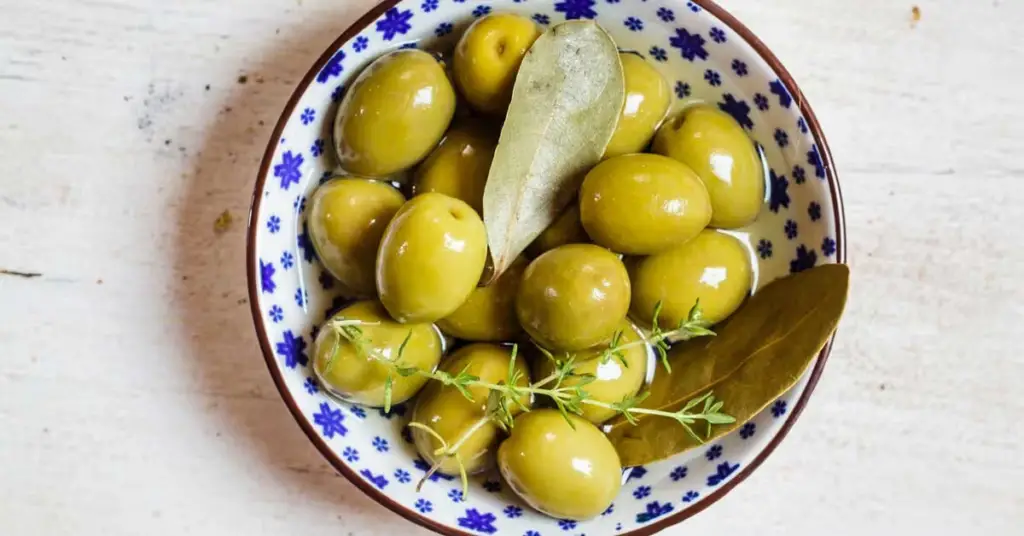
Olives date back to Syria around 5000 BC. By 3000 BC, people in Crete were growing them, and by 2000 BC they were all around the Mediterranean Sea.
Olives were used for many things: food, oil for cooking, medicine, and even wood. In mythology from Greece, the olive tree was connected to the goddess Athena. Olives and olive oil were traded a lot in the old days by people in Greece, Rome, Egypt, and a place called Phoenicia. Olives and the oil from them are a big part of food from the Mediterranean area nowadays and are known for being very healthy.
4. Pomegranate – Has Been Grown Since Long Ago

Pomegranates come from what is now Iran and the Himalaya mountains in India. They have been grown for a very, very long time across the areas we now call the Middle East, South Asia, and the Mediterranean.
In the old stories from Greece and in Buddhism, pomegranates are given a lot of importance. You can also find images of pomegranates on old Iranian buildings and things that were made a long time ago. They were valued by ancient cultures for their beautiful flowers, taste, health benefits, and also what they represented. Pomegranates are still important in the food of places like Iran, India, and the Middle East even now.
5. Grapes – A Fruit With a Long History

Grapes might be one of the first fruits that humans decided to grow. They were being grown around the Southern Caucasus area and Mesopotamia around 6000 BC. By 4000 BC, the Egyptians were planting grapes too.
Grapes were brought over to Europe and became very important for the Greeks and Romans. The vines gave people fruit to eat, leaves to wrap their food, and juicy grapes that were perfect for making wine. Being able to grow grapes helped people trade, it changed their economy and had a big influence on their culture.
6. Apple – From Wild Beginnings to Ancient Cultivation

The apple we eat today came from a wild apple that was found in Central Asia a long time ago. Wild apples were probably being picked and traded by people as far back as 6500 BC, even before they started to actually grow apple trees on purpose.
There are records from very old times in places like Mesopotamia, Egypt, Greece, and Rome all talking about growing apples. People improved apples by choosing the best ones and using a method called grafting in both Asia and Europe. Later on, apples were brought to North America by people who moved there from Europe. For thousands of years, apples have been a big part of cultures, of the kinds of food people make, and farming.
7. Banana – First Grown in Asia Over 4,000 Years Ago

Bananas first grew in a region called the Indomalayan area which includes places like Malaysia or Indonesia. People started growing bananas as early as 3,000 BC in a place called New Guinea.
People in Southeast Asia and the Indian subcontinent began growing bananas around 2500 BC. These sweet, long fruits were looked at as very special in ancient times. A famous historical figure, Alexander the Great, came across bananas in India in 327 BC. Bananas later made their way to places like Madagascar, the Middle East, and East Africa. Then Spanish explorers
Bananas were brought to the Americas in the 1500s. Now, they are the number one fruit crop all around the world.
8. Mango – Grown in South Asia for Thousands of Years

Mangoes come from South Asia and have been grown there for more than 4,000 years. Between 400 and 500 AD, people started to grow mangoes in East Asia. Later, Portuguese explorers took mangoes to Africa in the 1500s and then to Brazil. Mangoes arrived in the Americas in the 17th century.
Today, mangoes are loved for their flavor and health benefits. They still play a big role in the food of South Asia, Southeast Asia, Africa, South America, and the Caribbean.
9. Coconut – A Fruit Grown for Thousands of Years

Coconut palms probably started in the South Pacific. Old coconut remains have been found that are more than 3,500 years old in places like India, Indonesia, the Philippines, and Malaysia.
Ancient sailors spread coconuts around by using the Indian Ocean trade routes. Now, you can find coconuts in many tropical places. Every part of the tree is useful, and coconut milk and the fruit are key parts of tropical foods.
10. Citron – A Very Old Citrus Fruit
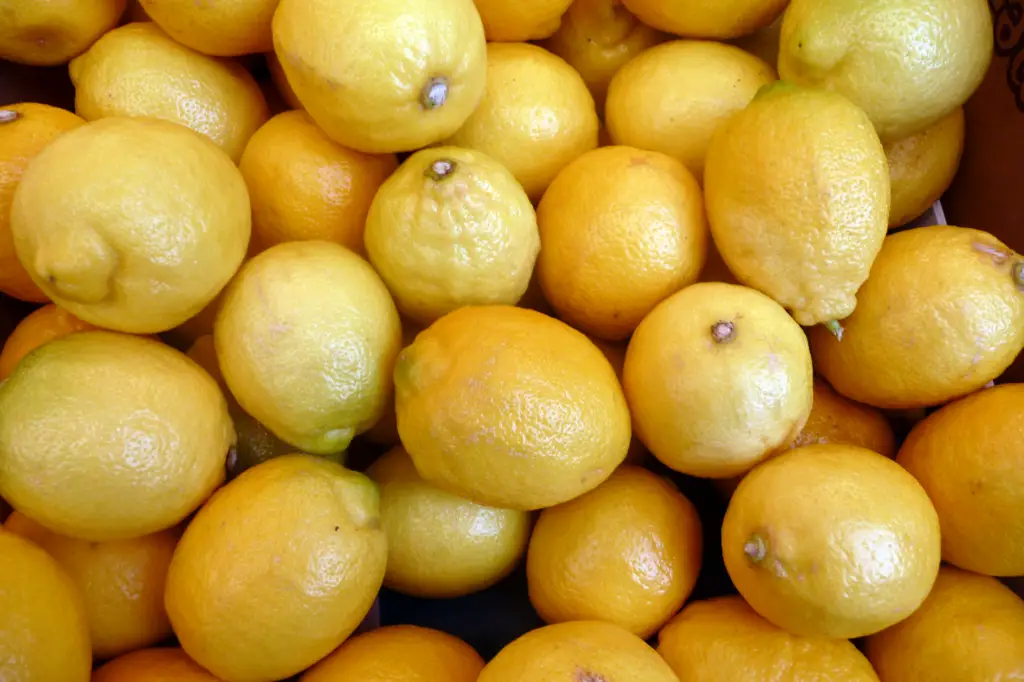
Citron first grew in the Himalayas and Southeast Asia. It’s one of the oldest fruits, grown in China around 4000 BC.
It spread to the Mediterranean region by 100 AD and was loved by the ancient Greeks and Romans for its health benefits. Even old Jewish texts and Sanskrit legends talk about citron. It’s not eaten much now, but it’s still an important part of culture and history.
11. Elderberry – Used for Medicine Long Ago
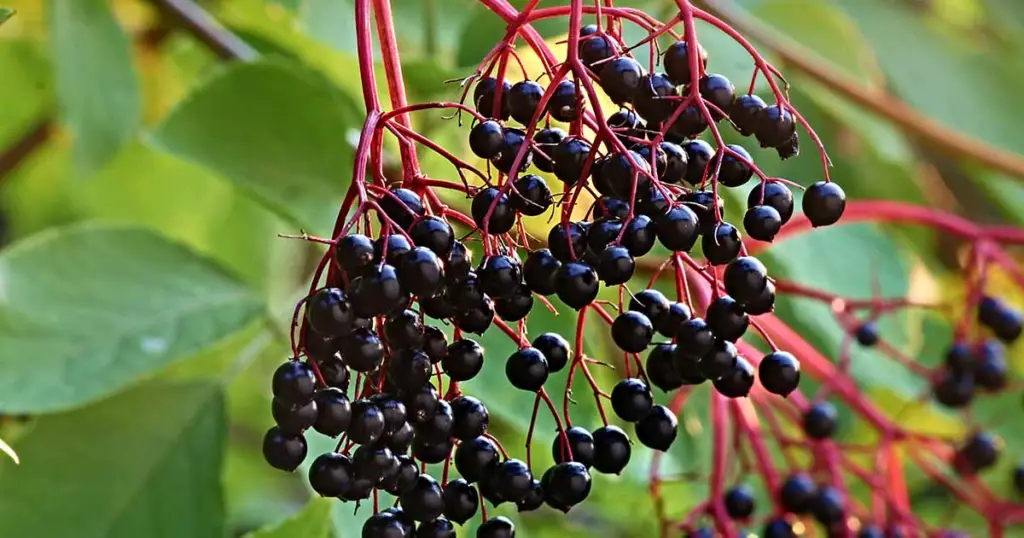
People have used elderberries in their food and as medicine in North Africa, Europe, and West Asia for a long time. Hippocrates, known as the “Father of Medicine,” mentioned elderberries in his writings.
In history, many cultures, like the Celtics and Native Americans, valued elderberries. Nowadays, they are known for their nutrition, taste, and for helping with colds and the flu.
12. Tamarind – A Valued Tropical Fruit

Originally from tropical Africa, especially Sudan, tamarinds have been around for more than 4,000 years. Ancient Egyptians and people from the Arabian Peninsula grew tamarinds, and they reached India over 2,500 years ago. The Spanish brought tamarind to Mexico, and it’s important in many places like India, Latin America, and Africa.
It’s well-known for its sweet and sour taste and is also good for your health and digestion.
13. Blackberry – Picked from Wild Plants Long Ago

Humans have been eating wild blackberries for over 10,000 years. These berries are from Europe, western Asia, and northwest Africa, and old Celtic groups celebrated their collection.
The Greeks and Romans were some of the first to grow blackberries. They became famous in Europe and later, North America. Blackberries are still loved for their dark color and sweet and tart taste.
14. Pear – Began Being Grown in Ancient China

Pears come from central Asia and near the Tian Shan mountains. China has the oldest known pear tree that’s over 3,000 years old. People in China started growing pears around 2000 BC and wrote about how great they tasted and felt.
Alexander the Great’s journeys helped spread pears to the Mediterranean, and Romans brought them across Europe. Both China and Europe have their special kinds of pears, but both recognized the fruit’s value a long time ago.
15. Plum – A Fruit Eaten Since the Stone Age

People have been eating plums since the olden days. They first came from wild plants called sloes found in Europe and west Asia. Scientists found plum remains that are around 12,000 years old in Syria, which shows that’s how long we’ve been picking and eating them.
Over time, ancient Europeans and Chinese started to grow their own versions of plums from the wild sloes. In Europe, the plums were usually smaller and not as sweet, while in China, they were bigger and had more sugar in them. Traders took plums to places like Ancient Rome and Japan. People also liked to dry out the plums to make prunes, which they could keep for the winter. Whether eaten fresh or dried, plums were a yummy part of what people ate for a very long time.
The History and Significance of Ancient Fruits
This list of 15 very old fruits shows how important they were to people long ago all over the world. Their growth from wild plants to food we always have on hand took a lot of work. This changed the plants and helped spread them around. These fruits can go in and out of style, but they are still a big deal in the places they come from and for everyone around the globe.
Learning where fruits come from can teach us about what people used to eat and how healthy they were. Tasty fruits with lots of nutrients were valuable for adding to the food crops people were growing. They also played a part in early medicine and how people took care of their health. These fruits traveled the world along trade paths, and this was super important for sharing items and ideas. Fruit history is tied to farming, trading, culture, and technology from old times.
Even though we now have so many kinds of fruits because of farming over the years, the original wild fruits stayed the same for thousands of years before people changed them. These ancient fruits connect us to the old places and people in a special and delicious way. They tell the story of the lasting impact of fruits by showing flavors and meanings that have been passed down for generations.
Each fruit has its own story to tell. Figs were important for people living around the Mediterranean Sea. Dates helped people grow food in the desert. Olives became a symbol in their cultures. Pomegranates are in a lot of old stories. Grapes changed how people traded and lived. Apples became a sign of knowledge and sometimes trouble. Bananas were food for armies and big empires. Mangoes were in legends and poems. People used every part of the coconut tree. Citron started the worldwide citrus fruit business. Elderberries helped heal people. Tamarind brought a special sour taste. Wild blackberries helped folks who gathered food to survive. Pears and plums joined the travels along the Silk Road.
Nowadays, these fruits from the old times are still part of what we eat, making our food and cultures more diverse. They show the hard work and smarts of the farmers who saw a wild fruit and figured out how to fill orchards with them.
As we keep working on making fruits better to get more from each season, the original kinds remind us of the foods that have been feeding people for ages. When we bite into a fig, date, olive, or any of the others, we taste something that shows a shared history from across the world, giving us flavors and healthy stuff that our bodies need.
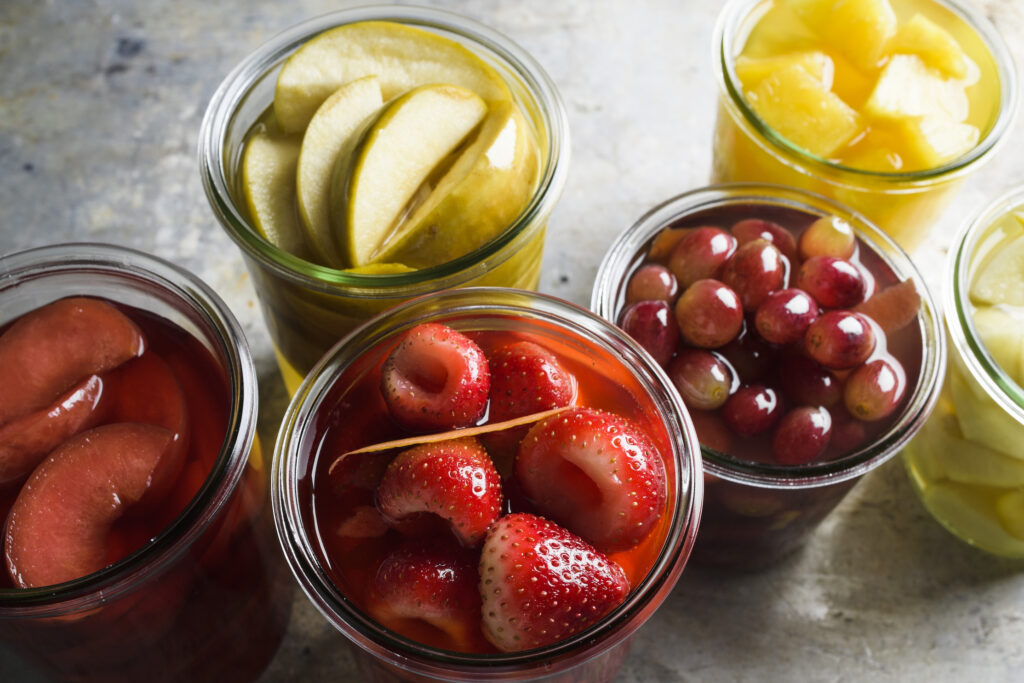
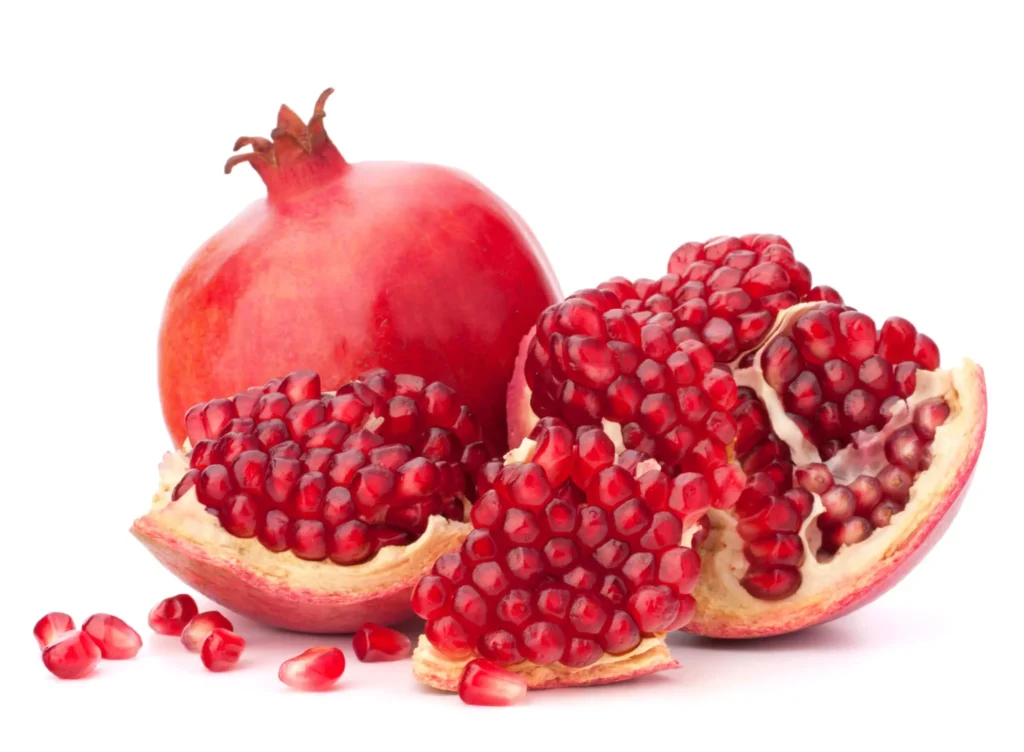
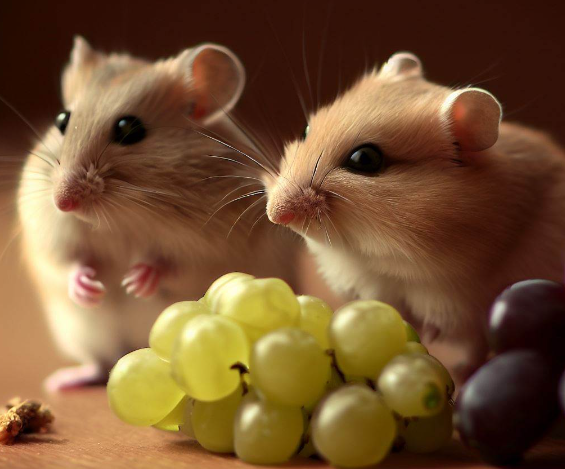

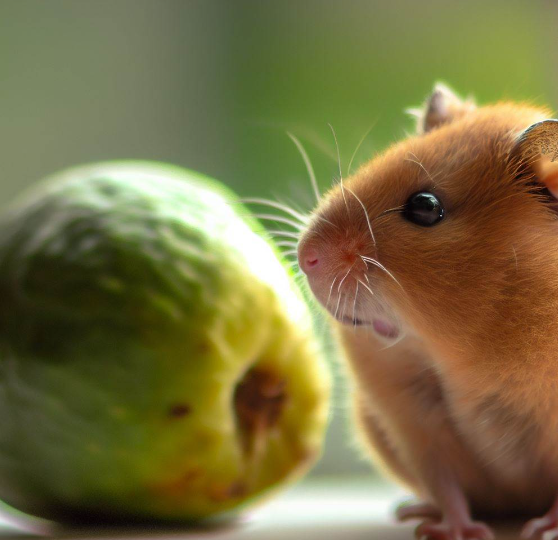
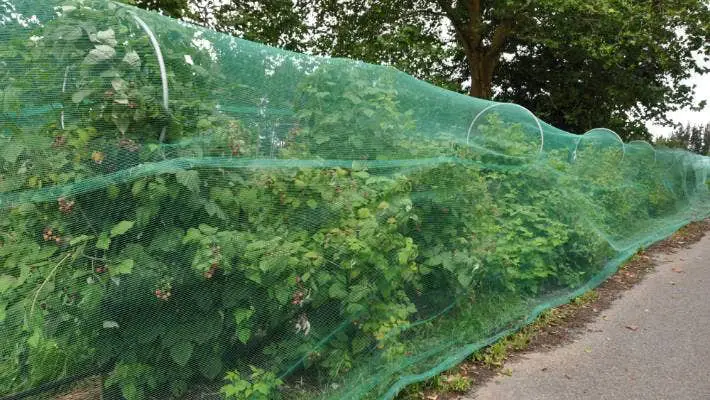

![What Fruits Can Birds Eat? [15 Nutritious Fruits]](https://fruitonix.com/wp-content/uploads/2023/05/Screenshot-2023-05-11-4.13.04-AM.png)
